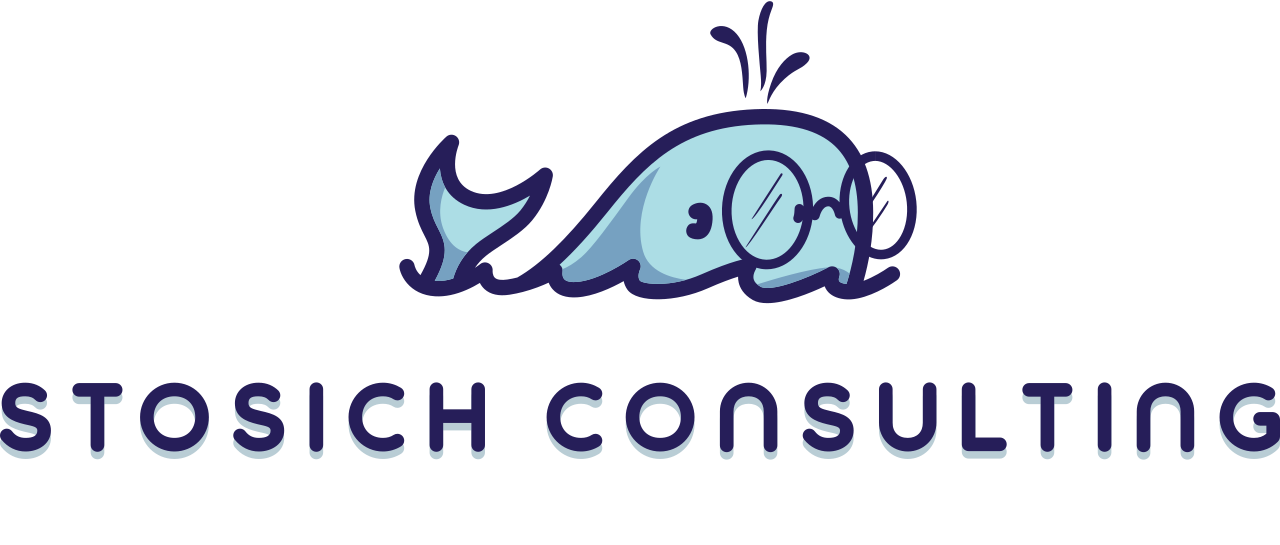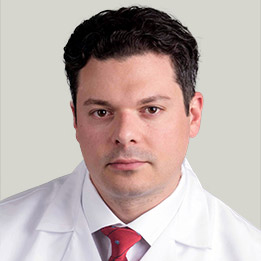What Does Phase One Orthodontics Mean for Your Child?

Kenilworth, IL – If you look around, you might notice children younger and younger with braces on. If your child is one of those children for whom early orthodontic treatment (also known as phase one orthodontics or phase one braces) is indicated, what does that mean, and how can you know for sure that your child will benefit from early treatment?
“All parents want the best for their children, and helping them achieve their most ideal smile is a part of that,” says Dr. Michael Stosich of Stosich Consulting. “To ensure that happens, parents should bring their children to the orthodontist for their first consultation around the age of seven, as recommended by the American Academy of Orthodontists.”
You may worry that this is too young to visit an orthodontist, but it’s the right age for a few reasons. First, your child will have a mix of permanent and baby teeth at this age. That gives the orthodontist the ability to see how the adult smile is starting to take shape. Not only that, your child will have a jaw that is still growing. That is a huge benefit for orthodontic treatment because your orthodontist will be able to guide the growth of the jaw, if needed, to accommodate all of the permanent teeth and ensure an ideal bite.
So, if your child visits an orthodontist at the age of seven, does that mean they’ll need braces?

What is Phase I Orthodontic Treatment?
Not necessarily, but it does allow for your orthodontist to monitor your child’s mouth and begin treatment at a time when it will have the most impact. For some children, that means early interventive, or phase one, treatment.
Phase one treatment is almost like a preparation phase. We are focused on getting the child’s mouth ready for future treatment by focusing on a problem that may be negatively impacting the smile. We focus on correcting problems before they become more severe. This makes them easier to manage, and makes the later phase of treatment much more efficient.
What will phase one treatment entail for your child?
Every child is different, so each treatment will be tailored to their individual needs. For some children, we need to expand the palate to allow for permanent teeth to erupt properly. This can be accomplished using a palatal expander (see benefits of palatal expanders.) For others, we may need to help them curb bad habits, such as thumb sucking. No matter what your child’s issue, your orthodontist will create a plan specifically suited to their individual needs.
What orthodontic issues can phase 1 treatment treat?
There are many benefits to phase one treatment. It allows your orthodontist to take advantage of the active growth of your child, making it much easier to correct issues such as severe overbites or overcrowding. Phase one orthodontics can effectively treat many common orthodontic issues, including:
- Crossbites, either of the back or front teeth
- Severe crowding
- Open bites
- Flared upper teeth
- Deep overbites
- Severe underbites
- Spacing issues
- Habits, such as thumb or finger sucking
When will my child need to start phase one treatment?
This is unique to each child. Some children can wait until all of their permanent teeth have erupted. Others require treatment much earlier due to development issues with their teeth or bite. Phase one treatment will be recommended if an orthodontic issue is discovered and waiting to treat it would cause more harm or be much more involved if left for the future.
The Advantages of Phase One Orthodontic Treatment
There are many advantages to phase one orthodontic treatment. These include:
- Bite correction
- Closing up of spaces
- Curbing bad habits
- Correcting mouth breathing
- Preventing the need for possible tooth extraction later
- Ensuring space for permanent teeth to erupt
- Improved ability to properly clean teeth
- Improved ability to bite and chew
- Improved ability to speak properly
- Reduction in complexity and time spend in full treatment later
- Boosting of self-confidence (Orthodontics Can Change Lives)
If your child is near the age of seven, schedule their first orthodontic consultation today to see if phase one orthodontics (AKA phase 1 braces) is required. If you have children over the age of seven who haven’t yet seen an orthodontist, there’s no time like the present. Call Stosich Consulting today at 847-548-4200 (Grayslake) or 224-408-2200(Kenilworth). Dr. Stosich is top rated and board certified and provides all types of braces and clear aligners for children and adults including Invisalign, lingual braces, etc.


